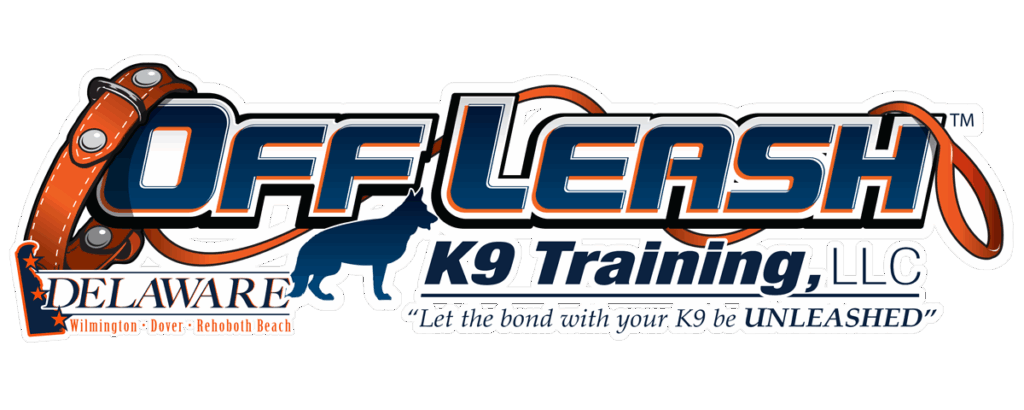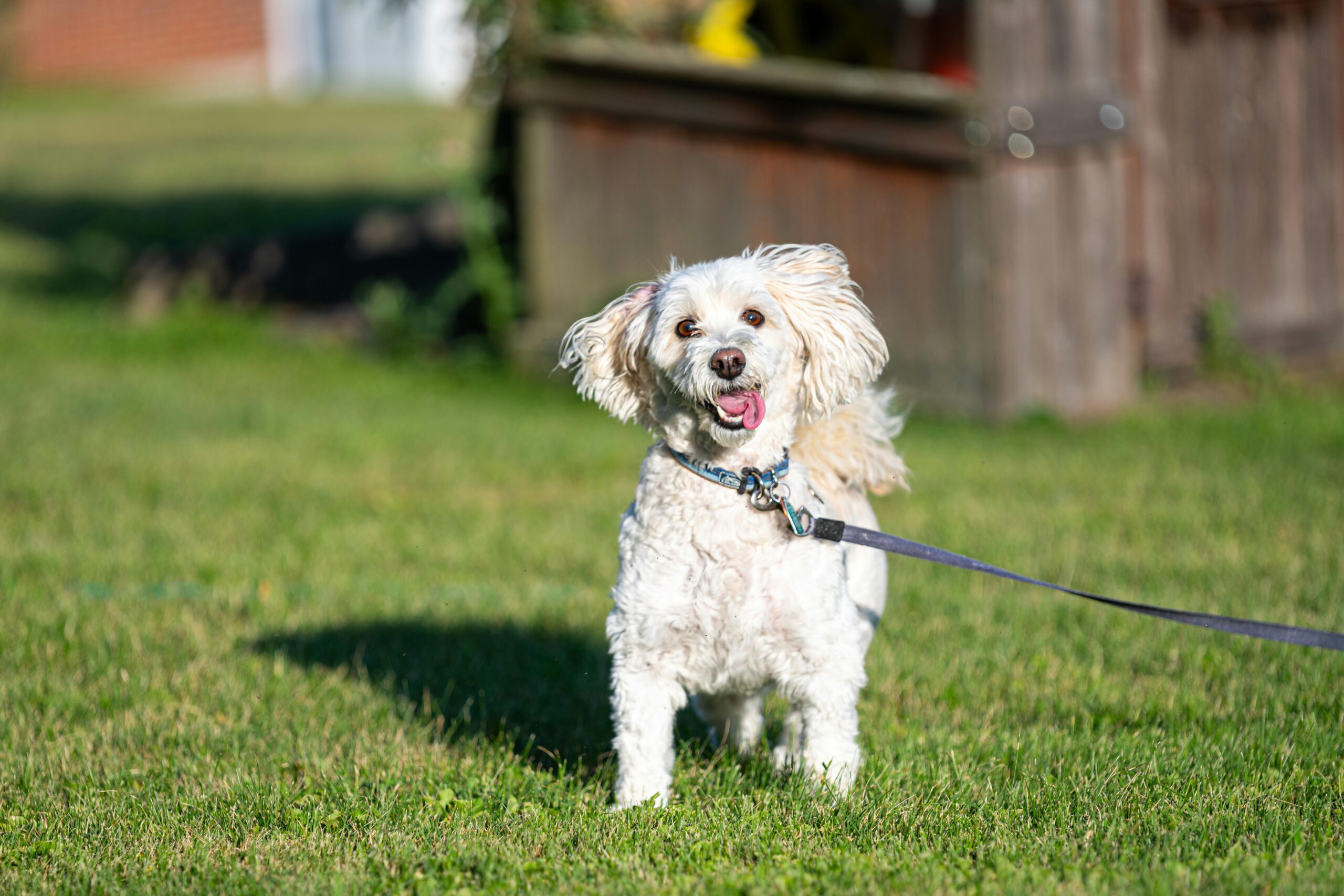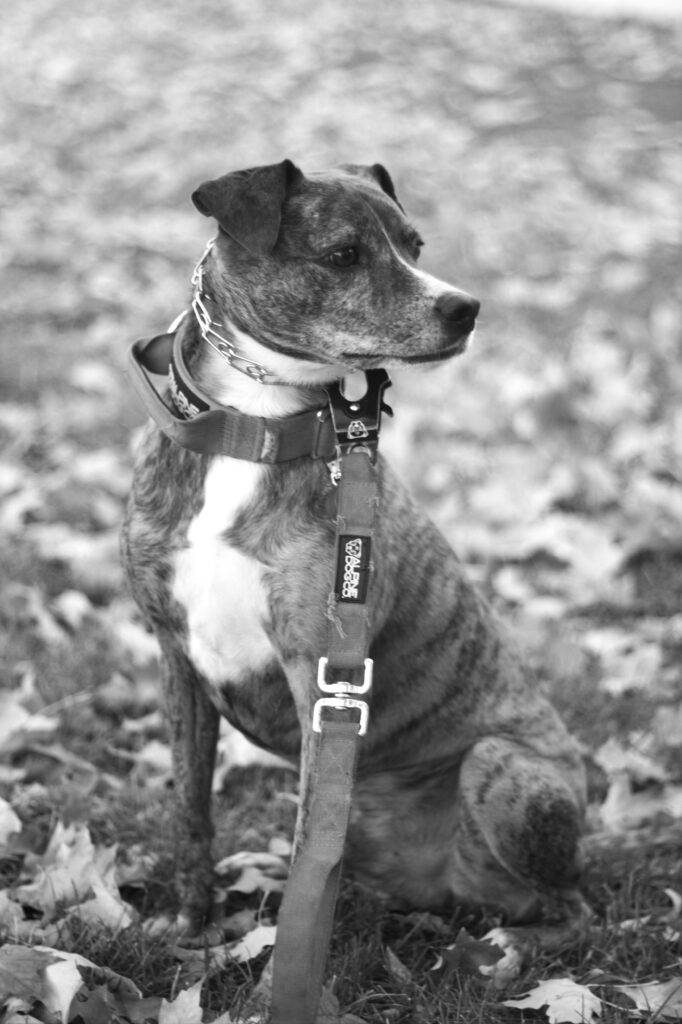Crisp mornings, colorful leaves, and dog-friendly festivals make fall one of the best seasons to get outside with your pup. But if your dog constantly pulls, lunges, or zigzags on the leash, those scenic strolls quickly become stressful.
Loose leash walking isn’t just a nice-to-have skill. It’s a foundational behavior that opens the door to real-world outings, safe adventures, and less frustration for everyone involved. The good news? With consistent training and the right tools, your dog can learn to walk calmly at your side.
Here’s how to prepare your pup for fall fun by building reliable leash manners now.
What Is Loose Leash Walking?
Loose leash walking means your dog walks politely on a leash without pulling, forging ahead, or creating constant tension. Unlike the “heel” command, which requires your dog to stay tightly by your side, loose leash walking allows a bit of freedom while still maintaining control.
This skill is ideal for:
- Casual walks in the neighborhood
- Hikes and trails
- Dog-friendly fall festivals and markets
- Park outings and city strolls
If your dog is strong or easily distracted, mastering this behavior is essential before venturing into busy public areas.
Start Indoors to Build Focus
Before heading out the door, begin loose leash walking in a distraction-free environment. This helps your dog focus on you rather than all the exciting sights and smells outside.
Try these indoor drills:
- “Follow me” game: Walk a few steps, then change direction. Reward your dog when they follow you calmly.
- Mark and reward calm walking: Use a marker word like “yes” when there’s slack in the leash, then treat.
- Practice turns and stops: Teach your dog to slow down when you stop or turn to build awareness.
Once your dog can maintain a loose leash indoors, it’s time to transition to quiet outdoor areas.
Use the Right Tools
The right equipment can make leash training safer and more effective. While no tool replaces training, certain options can give you better control and improve communication.
Recommended tools include:
- Standard 4–6 ft leash: Avoid retractable leashes while training.
- Martingale or flat collar: Good for dogs already responsive to pressure.
- Training collar (prong or slip): When used correctly, these provide clear feedback for pulling.
- Treat pouch: So you can reward quickly for good choices.
Always consult with a professional before introducing a new tool. At Off Leash K9 Training Dover, we customize leash solutions based on your dog’s breed, behavior, and goals.
Be Consistent With Corrections and Rewards
Inconsistent leash handling confuses your dog. One day you allow pulling, the next day you correct it. This mixed messaging slows progress.
Instead:
- Reward slack: Every time your dog walks without tension, mark and treat.
- Change direction when pulling: Don’t let your dog drag you. Turn and move the other way. Your dog will learn pulling gets them nowhere.
- Keep sessions short: End walks on a positive note instead of when you’re frustrated.
For leash training to stick, everyone who walks your dog needs to follow the same rules.
Address the Root Cause of Pulling
Dogs pull for different reasons: excitement, frustration, lack of impulse control, or simply because they’ve never been taught not to. Understanding your dog’s motivation helps tailor the training approach.
If your dog becomes overstimulated in public spaces, check out our guide on how your energy affects your dog’s behavior. Often, the human’s emotional state contributes more than we realize.
Add Distractions Gradually
Once your dog is successful in quiet settings, begin practicing in more stimulating environments:
- Residential sidewalks
- Trails with occasional joggers or cyclists
- Outside pet-friendly stores
- Downtown Dover on a weekday afternoon
The goal is to slowly increase distractions without overwhelming your dog. If your dog breaks focus, go back to easier environments and rebuild.
Reinforce with Games and Drills
Training doesn’t have to be dry. Loose leash walking improves faster when it’s fun and engaging. Our blog on game-based learning shows how play-based techniques build real-life obedience.
Try these drills:
- 1–2–3 Walking: Say “1–2–3” then reward on “3” if the leash is loose.
- Speed change game: Walk fast, then slow, and reward your dog for matching your pace.
- Circle around distractions: Keep moving while practicing leash control near people or dogs.
Know When to Ask for Help
If you’ve tried leash training and your dog still pulls like a sled dog, don’t wait to seek professional support. Pulling can lead to physical injury, missed social opportunities, and negative associations with walks.
Our Basic & Advanced Obedience Program includes focused leash work and real-world distractions to ensure lasting success.
Collar or Harness?
Many dog owners wonder whether a harness or collar is better for leash walking. The American Kennel Club explains that while harnesses may help reduce strain on the neck, they often encourage pulling if used incorrectly. For strong, energetic dogs, a properly fitted training collar with structured instruction typically offers the best results.
Final Thoughts: Start Training Now for a Smoother Fall
Don’t wait until the leaves are falling and the events are packed. Now is the perfect time to build leash skills so your dog can enjoy all the season’s adventures with you. Whether you’re visiting a local cider mill or just exploring a new trail, loose leash walking gives you the freedom and control to make it fun for everyone.
Ready to enjoy stress-free walks this fall? Contact us today and let us help you turn your dog into the walking companion you’ve always wanted.




